Introduction
Cooking rice is a fundamental skill in many cuisines worldwide. While most people associate rice cooking with traditional rice cookers or pots designed specifically for this purpose, the reality is that you can prepare delicious, fluffy rice using a variety of kitchenware, including a simple frying pan. Whether you’re camping, in a dorm room with limited kitchenware, or just looking for an unconventional cooking method, mastering how to cook rice in a frying pan can be both practical and rewarding. This guide will walk you through the process step-by-step, ensuring you achieve perfect results every time.
Understanding Rice Varieties

Before diving into the cooking process, it’s crucial to understand the different types of rice available and how they affect the final dish. Rice can broadly be categorized into three main types: long-grain, medium-grain, and short-grain.
- Long-grain rice has grains that are longer than they are wide. It’s known for its fluffy texture and separation of grains when cooked. Varieties include basmati, jasmine, and American long-grain rice.
- Medium-grain rice has grains that are more uniform in length and width. It tends to be stickier and more moist when cooked, making it ideal for dishes like risotto and paella. Arborio rice is a popular medium-grain variety.
- Short-grain rice has grains that are shorter and wider, with a high starch content that makes it very sticky when cooked. It’s perfect for sushi and other Japanese dishes. Japanese short-grain and Korean short-grain rice are examples.
When cooking rice in a frying pan, long-grain and medium-grain varieties generally work best as they are less prone to sticking and are easier to manage in a flat, shallow surface.
Preparing Your Equipment and Ingredients
To cook rice in a frying pan, you’ll need:
- A sturdy, non-stick frying pan with a lid. A cast-iron or stainless steel pan with a well-seasoned non-stick surface is ideal.
- A measuring cup for rice and water.
- A fine-mesh strainer or sieve for rinsing the rice.
- A spatula or wooden spoon for stirring.
- A heatproof kitchen towel or oven mitt for handling the hot pan.
For the ingredients, you’ll need:
- Rice (1 cup per person, approximately)
- Water (usually a 2:1 ratio of water to rice, but this can vary by rice type)
- Salt (optional, but recommended for flavor enhancement)
- Oil (a small amount, such as olive oil or vegetable oil, to prevent sticking)
Step-by-Step Cooking Process
Rinse the Rice
Start by rinsing the rice under cold running water in a fine-mesh strainer. This removes excess starch that can make the cooked rice gummy. Rub the grains gently between your fingers and rinse until the water runs clear. Drain well.
Heat the Pan and Add Oil
Place your frying pan on the stove over medium-high heat. Once the pan is hot, add a small amount of oil (about 1 teaspoon) and swirl it around to coat the bottom and sides evenly. The oil will help prevent the rice from sticking to the pan.
Toast the Rice (Optional)
For added flavor, you can toast the rice lightly in the hot oil before adding water. Toast for about 2-3 minutes, stirring constantly to ensure the grains don’t burn. The rice should turn a light golden color and develop a nutty aroma.
Add Water and Salt
Measure out the appropriate amount of water for your rice (typically 2 cups of water for 1 cup of rice). Pour the water into the pan with the rice and oil. If you’re adding salt, sprinkle it in now (about 1/2 teaspoon per cup of rice is a good starting point). Stir everything together briefly to combine.
Bring to a Boil
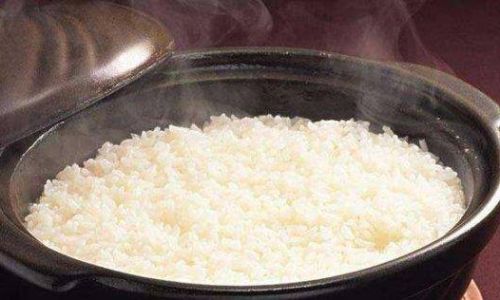
Increase the heat to high and bring the mixture to a rolling boil. This will help start the cooking process and begin to absorb some of the liquid.
Reduce Heat and Cover
Once the water is boiling, reduce the heat to the lowest setting possible while still maintaining a gentle simmer. Place the lid on the pan, ensuring it fits tightly to trap steam. This is crucial for cooking the rice evenly and creating the fluffy texture we’re aiming for.
Simmer and Steam
Let the rice simmer, covered, for about 15-20 minutes, depending on the type and quantity. For long-grain rice like basmati or jasmine, 15 minutes is usually sufficient. Medium-grain rice may require a bit longer, closer to 20 minutes. Avoid lifting the lid during this time as it will release steam and disrupt the cooking process.
Check for Doneness
After the specified cooking time, turn off the heat and let the pan sit, covered, for an additional 5-10 minutes. This allows the rice to finish absorbing any remaining liquid and steam gently. After the resting period, carefully remove the lid (use a kitchen towel or oven mitt to avoid steam burns). Fluff the rice gently with a fork to separate the grains.
Taste and Adjust Seasoning
Give the rice a taste and adjust the seasoning if necessary. If it seems a bit dry, you can drizzle in a small amount of hot water or broth and fluff it again. Conversely, if it’s too wet, let it sit uncovered for a few minutes to allow excess moisture to evaporate.
Serving and Storage
Your rice is now ready to serve. It can be enjoyed on its own as a side dish or incorporated into various recipes like fried rice, rice salads, or stuffed peppers. If you’re not serving it immediately, transfer the rice to an airtight container and let it cool to room temperature before refrigerating. Rice should be consumed within a few days for optimal freshness and safety.
Troubleshooting Tips
- Sticky Rice: If your rice is too sticky, it may be due to overcooking or using too much water. Next time, reduce the cooking time slightly or use less water.
- Burnt Bottom: If the bottom of your rice is burnt, it could be because the heat was too high or the pan wasn’t well-coated with oil. Use a lower heat setting and ensure the pan is evenly coated with oil before adding the rice and water.
- Crusty Pan: To prevent the pan from developing a crusty residue, make sure to deglaze it after cooking by adding a small amount of water or broth and scraping the bottom gently with a spatula.
Conclusion
Cooking rice in a frying pan might seem unconventional, but with the right techniques and a bit of practice, you can achieve perfect results. This method is versatile, requiring minimal equipment and making it ideal for various scenarios. Whether you’re a seasoned chef or a beginner in the kitchen, mastering how to cook rice in a frying pan will expand your culinary horizons and add a new dimension to your meal prep. Enjoy experimenting with different rice varieties, flavors, and cooking techniques to create delicious, satisfying dishes that will delight your taste buds and nourish your body.

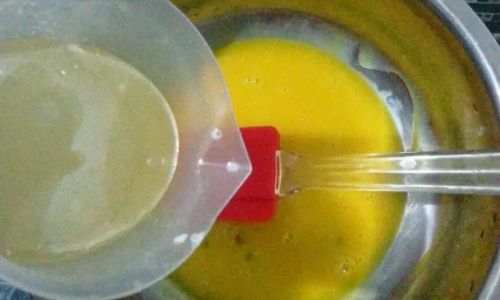
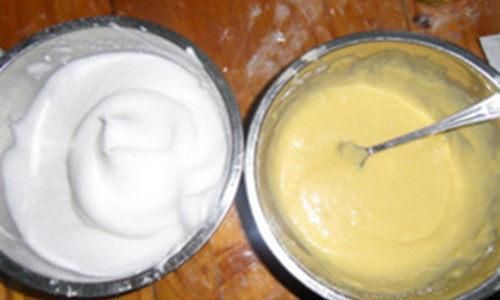
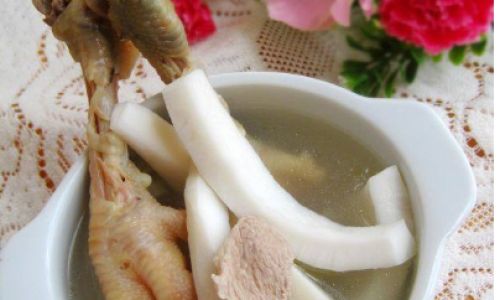
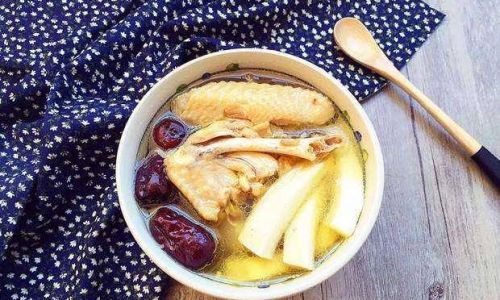
0 comments